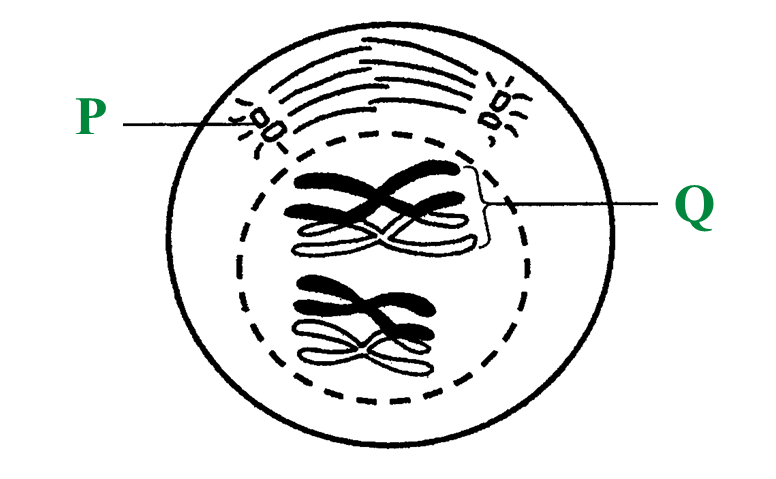Diagram I shows the different stages in a cell division.

(a)(i) Name the type of cell division.
(a)(ii) Arrange the stages of the cell division in the correct sequence.

(b)(i) Explain the chromosomal behaviour in stage C.
(b)(ii) State one importance of the chromosomal behaviour in (b)(i).
(c) Diagram II shows the involvement of cells produced by this type of cell division in the formation of zygote.

Explain how zygote is formed.
(d) Diagram III shows the karyotype of an offspring produced.

(i) State the number of chromosomes in the offspring.
(ii) Name the genetic disease suffered by the offspring.
(iii) Give one reason for the answer in (d)(ii).
(iv) Explain how radioactive rays can cause this genetic disease.
Answer:
(a)(i)
Meiosis I
(a)(ii)

(b)(i)
The chromosomes condense, thicken and become clear.
Homologous chromosome exchange the genetic material in a process of crossing over.
(b)(ii)
Increases genetic diversity/ causes variation.
(c)
When the nucleus of a sperm (haploid) fuses with the nucleus of an ovum (haploid) during fertilization, a zygote (diploid) is formed.
(d)(i)
45/ 44 + X
(d)(ii)
Turner’s syndrome
(d)(iii)
The absence of one X chromosome which is a sex chromosome
(d)(iv)
Radioactive radiation can cause mutation of the chromosomes, as a result of which only one X chromosome is present.
Diagram shows a stage of meiosis in an animal cell.

(a)(i) Name the stage. [1 mark]
(ii) Describe the chromosomes behaviour during the stage. [2 marks]
(b) Explain the importance of process Q. [2 marks]
(c)(i) Name the structure P. [1 mark]
(ii) What happens to a gamete formed if structure P fails to function in the process of gamete formation? [3 marks]
(d) Mutation is a random change in the genetic composition of a cell. A student is needed to produce a pamphlet about mutation. [3 marks]
Answer:
(a)(i)
Prophase I
(a)(ii)
Homologous chromosomes from pairs of bivalents through a process called synapsis and crossing over occurs at several locations on the chromosomes.
(b)
Crossing over results in new combination of genes. It causes variation occur in the offspring as genes from both parents are presented in the organism.
(c)(i)
Centriol
(c)(ii)
Homologous chromosomes fail to separate properly. The gametes will have an incorrect number of chromosomes which it can cause increases or decreases in the chromosomal number.
(d)(i)
Sickle – cell anaemia is caused by a mutation of the allele responsible for the production of haemoglobin. The mutated allele causes the production of abnormal haemoglobin which crystalises and binds together when oxygen levels are low. Haemoglobin crystals cause the red blood cells change into crescent shape.